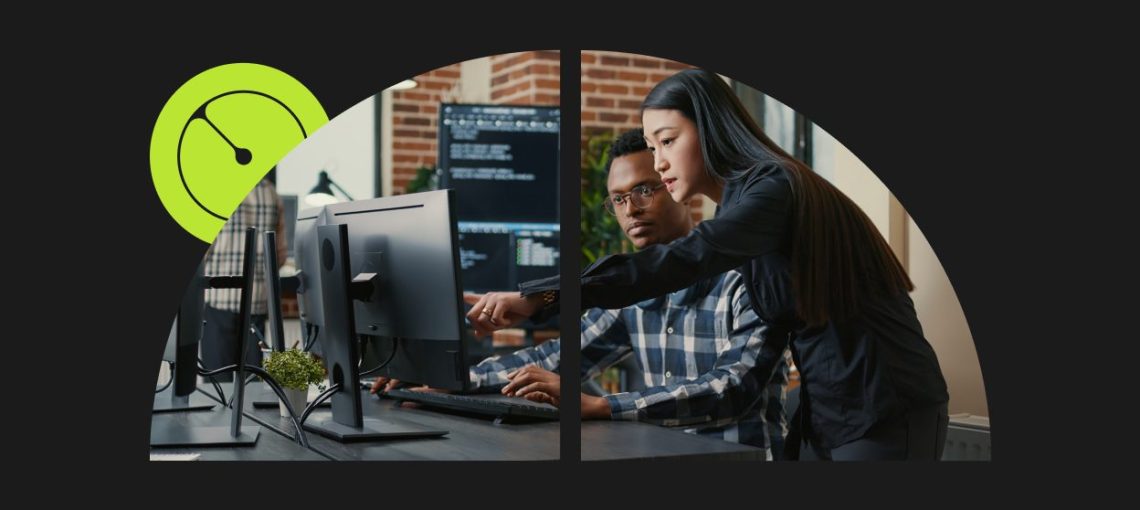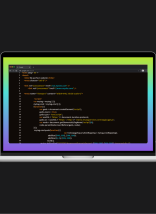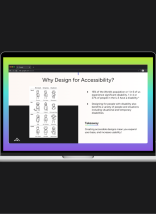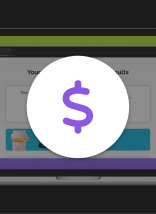Exploratory testing is an unscripted, manual testing method that helps teams deliver higher quality software. It relies on the creativity, intuition, and domain knowledge of the tester to analyze the software and identify things like unexpected defects, edge cases, and accessibility concerns. While planned/scripted tests and automated testing ensure that known features and functionalities work as expected, exploratory testing allows testers to uncover hidden issues as they dynamically probe the software’s functionality and design. By simulating real-world usage, exploratory testing also helps uncover usability issues that might affect the end-user experience. This testing method complements other testing techniques well, especially when there is not enough time to create comprehensive scripted tests for every possible scenario. Since exploratory testing does not require extensive test case preparation, it can also be more cost-effective than traditional testing methods. Due to its flexibility and adaptability, testers can quickly adjust their approach based on the latest software updates or changes.
Conducting Exploratory Testing
Exploratory testing is one of my favorite methods. It encourages testers to think outside the box and explore software in a natural, intuitive way. Here are some tips for conducting exploratory testing:
- Set the test environment: Start by preparing your testing environment. Ensure you have access to the latest software build, any necessary testing tools, and a clear understanding of the software’s objectives and functionalities.
- Outline test areas: Because exploratory testing is less formal, it can sometimes lack detailed documentation. Create a loose outline of the objectives and scope of your exploratory testing. The outline could be a simple list of features that are ready for testing. Having an outline can help you stay focused while allowing flexibility in your approach.
- Go play: Start exploring the software. Interact with the software as an end-user would. Guess where potential bugs might exist based on factors such as complexity, areas of frequent change, or past issues, and spend some time testing those areas.
- Log bugs: Document any issues or unexpected behavior you encounter while testing. Provide thorough notes in the bug report to give developers the information needed to reproduce and fix the issues.
- Follow the process: Follow your standard process for managing bugs that are logged. Provide any additional information needed by developers, test submitted fixes, and track each bug to resolution.
- Collaborate with Developers: Maintain open communication with the development team throughout the testing process. A collaborative approach between tester and developer helps ensure that any identified issues are addressed quickly and effectively.
- Learn: Continuously learn from your testing experiences and refine your approach. The more you test, the more you increase your knowledge of the software and the better you become at identifying potential issues and improving your testing effectiveness.
Best Practices
Though exploratory testing is unscripted, there are some things you can do to assure it is effective. Keep these best practices in mind.
- Have the right mindset: Approach the software with a mindset of exploration rather than following predetermined test cases.
- Focus on real-world usage: Simulate real-world scenarios and user workflows, trying to replicate how actual users might interact with the software. This approach can uncover bugs that arise from unexpected user behavior or edge cases that were not accounted for in the initial design.
- Do ad-hoc testing: Rely on intuition, experience, and creativity to identify potential issues. Deliberately introduce randomness into the testing approach by varying inputs, configurations, or sequences of actions.
- Explore boundary conditions: Test boundary conditions, such as maximum and minimum input values, to see how the software behaves under extreme circumstances. Bugs are often discovered at these boundaries.
- Use various test environments: Test the software on different operating systems, browsers, and devices. Bugs may manifest differently depending on the environment, so exploring these variations can uncover hidden issues.
- Have a feedback loop: Continuously provide feedback to developers based on findings during exploratory testing. Again, this fosters collaboration and allows developers to address issues as they are discovered.
Exploratory testing remains an essential part of software testing. Its ability to uncover hidden bugs and improve the user experience makes it invaluable for testers. By incorporating exploratory testing into your testing strategy, you can ensure that your software is robust, reliable, and user-friendly.









